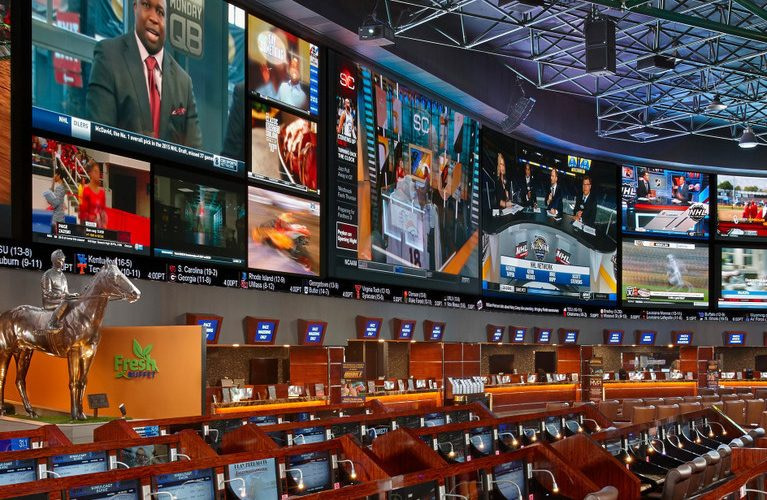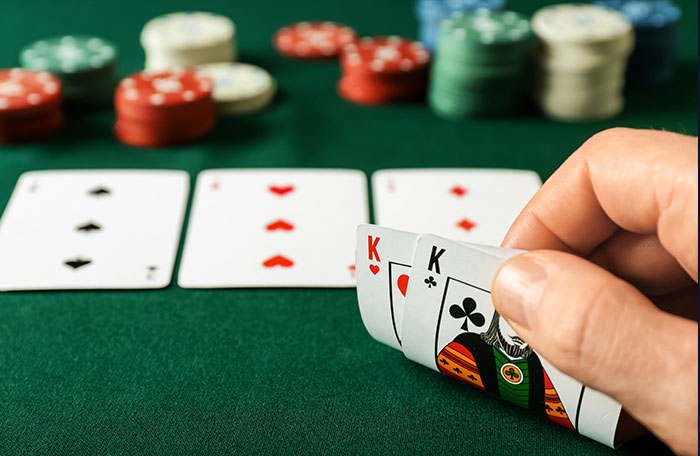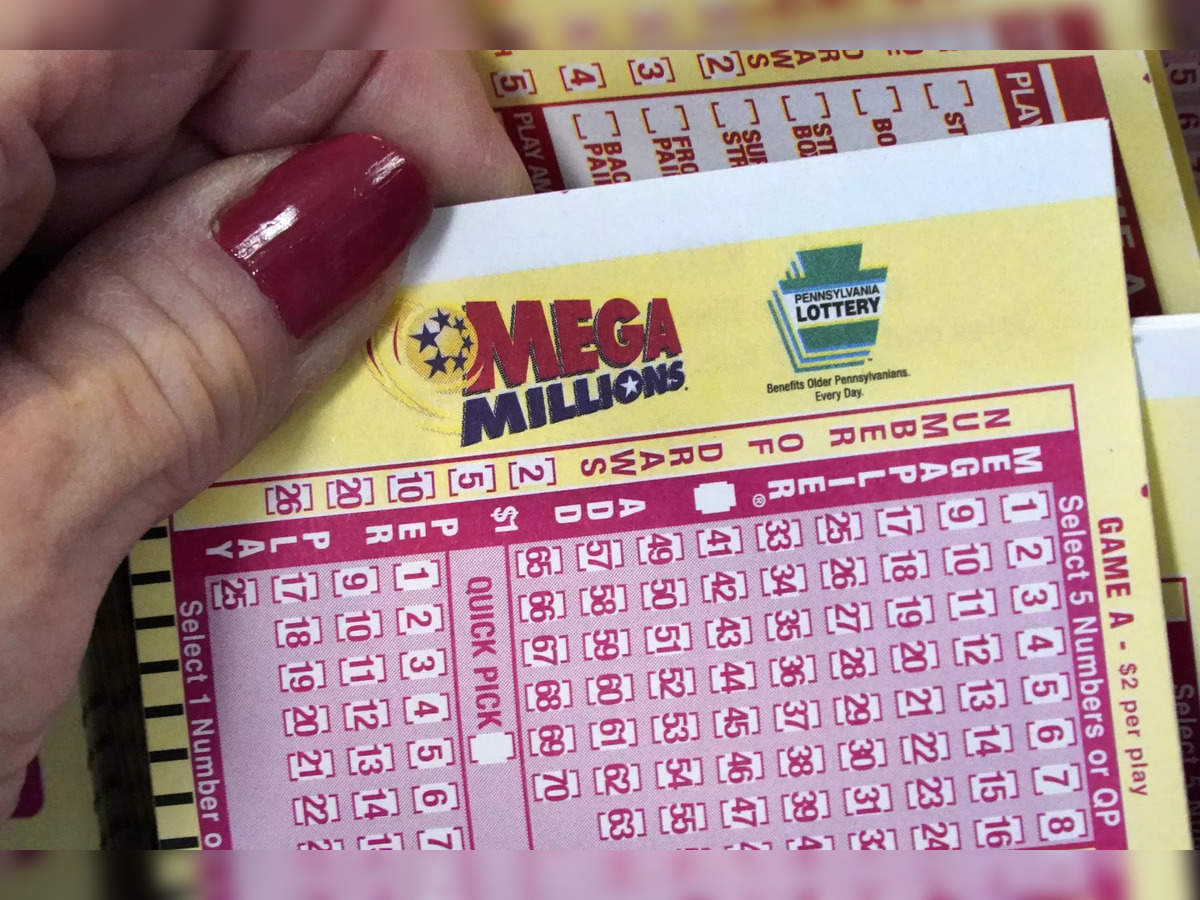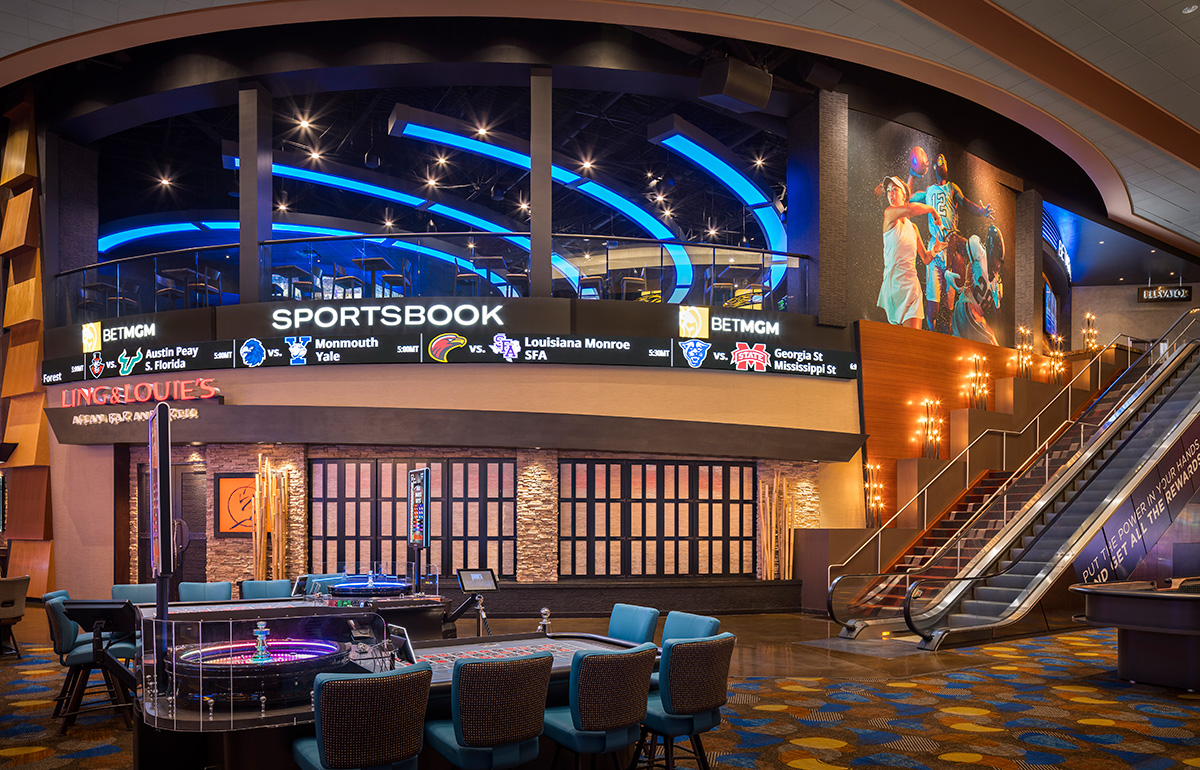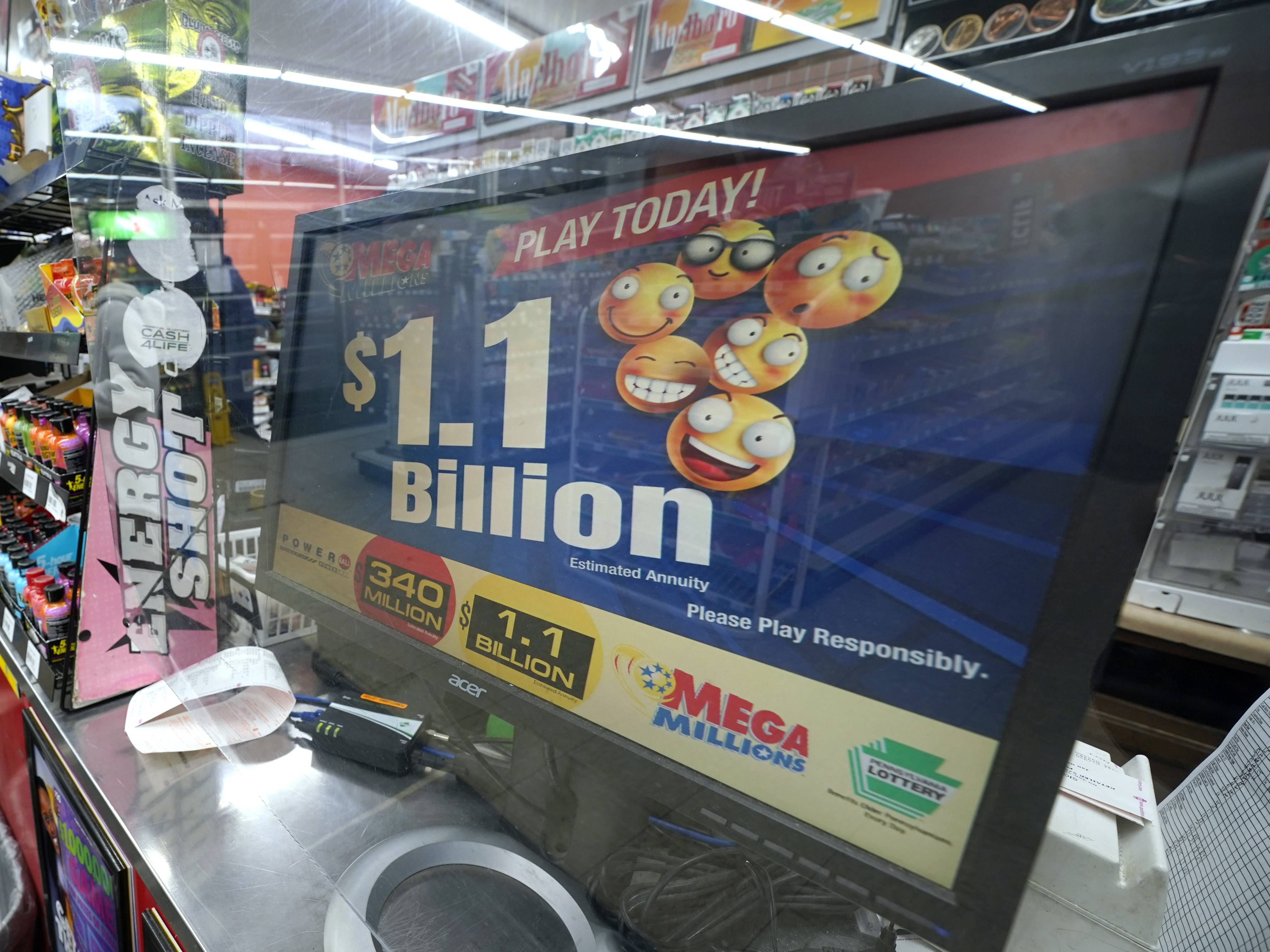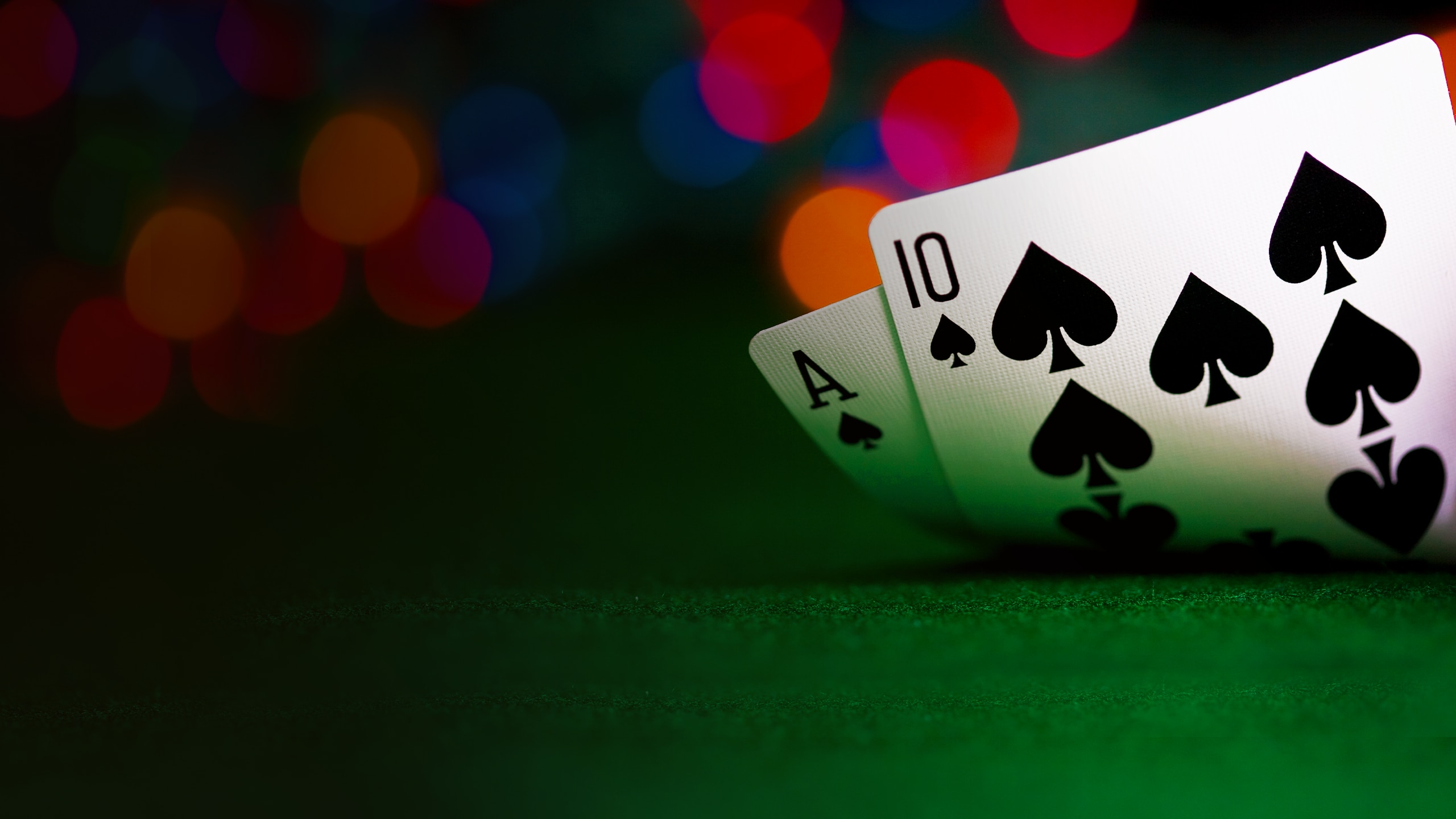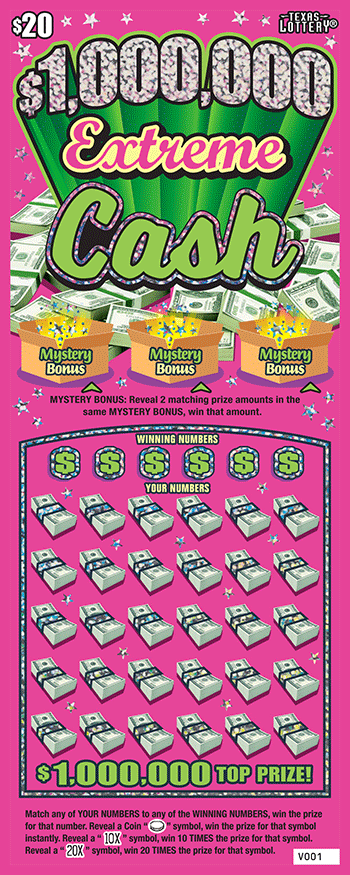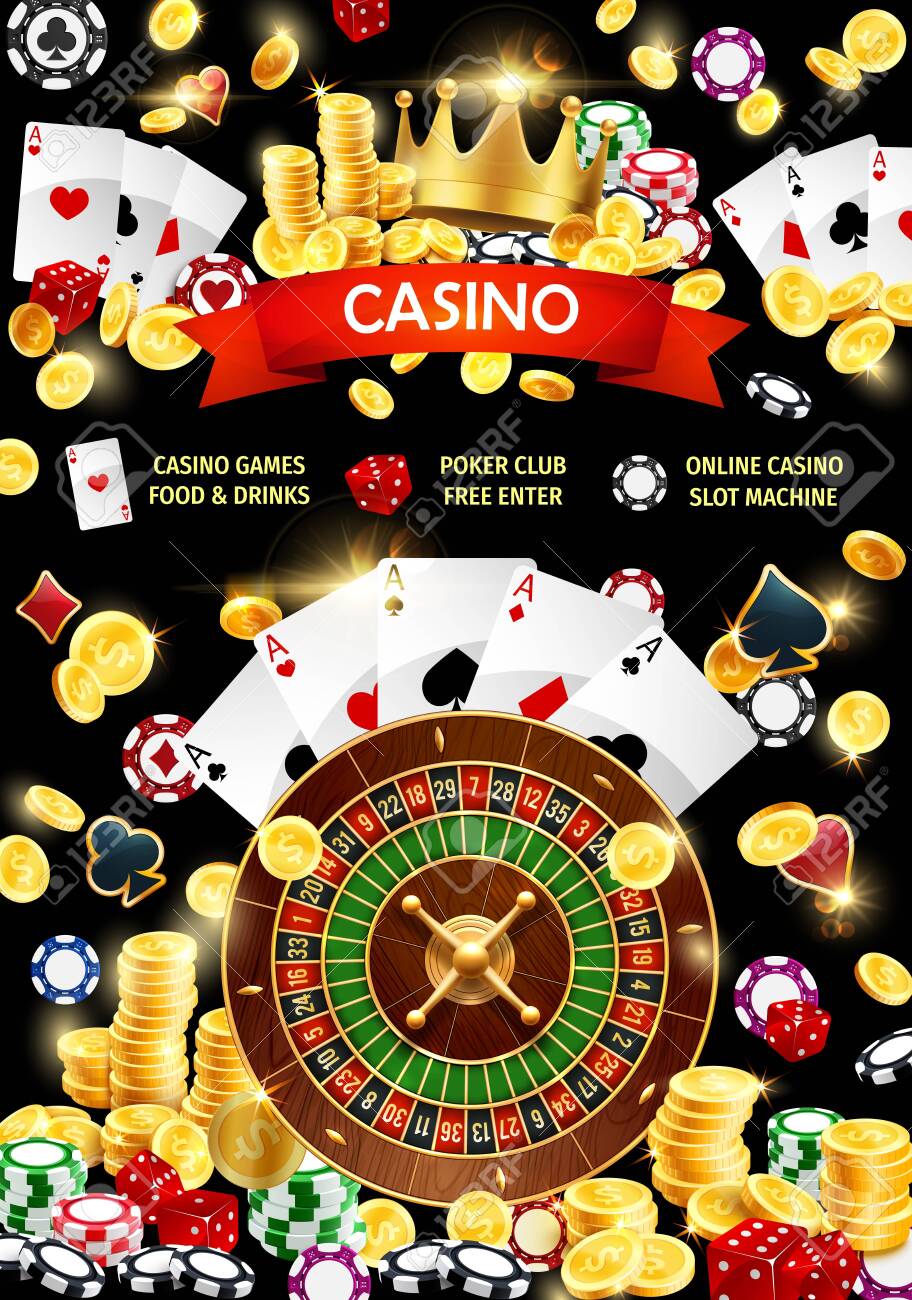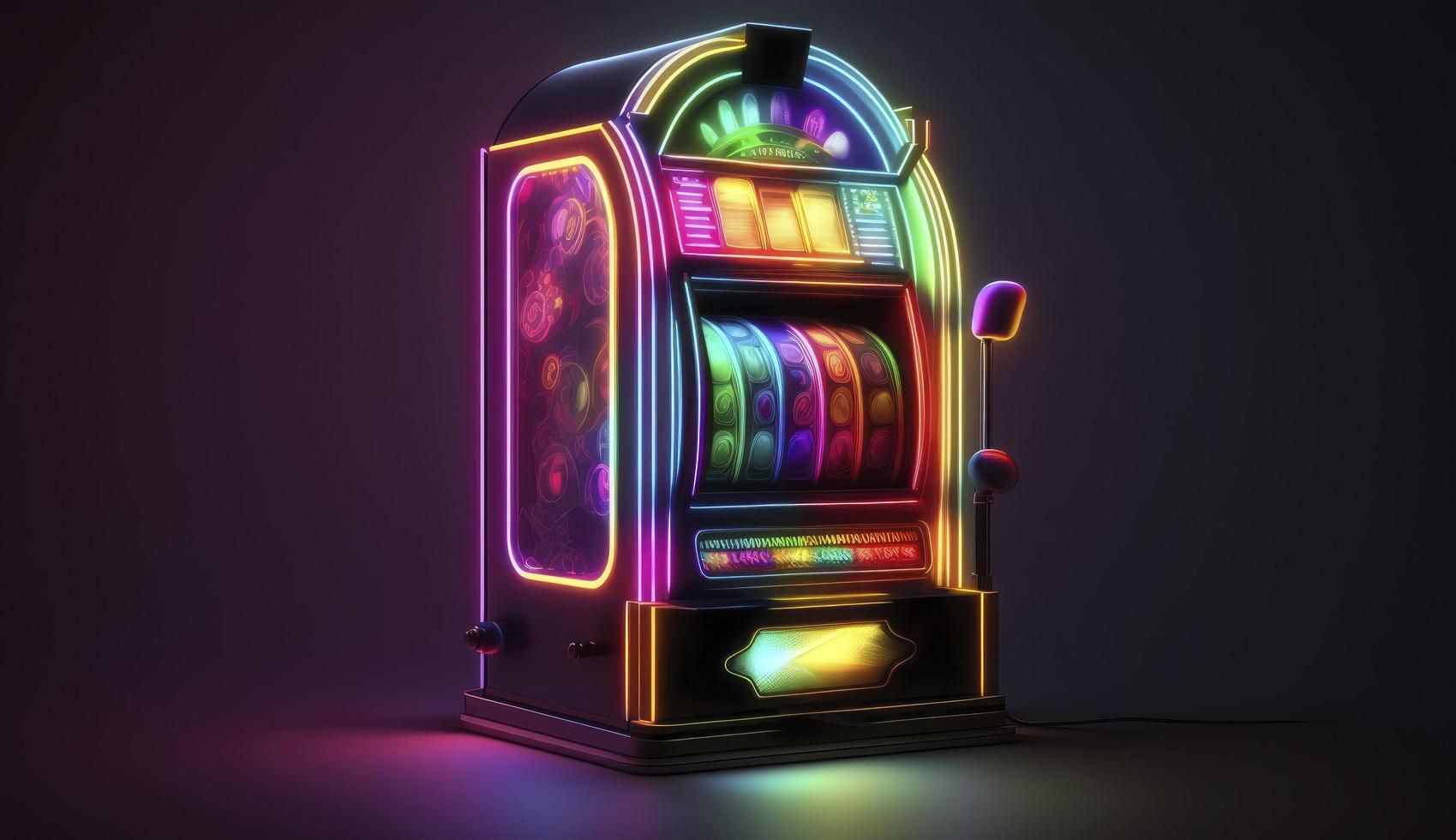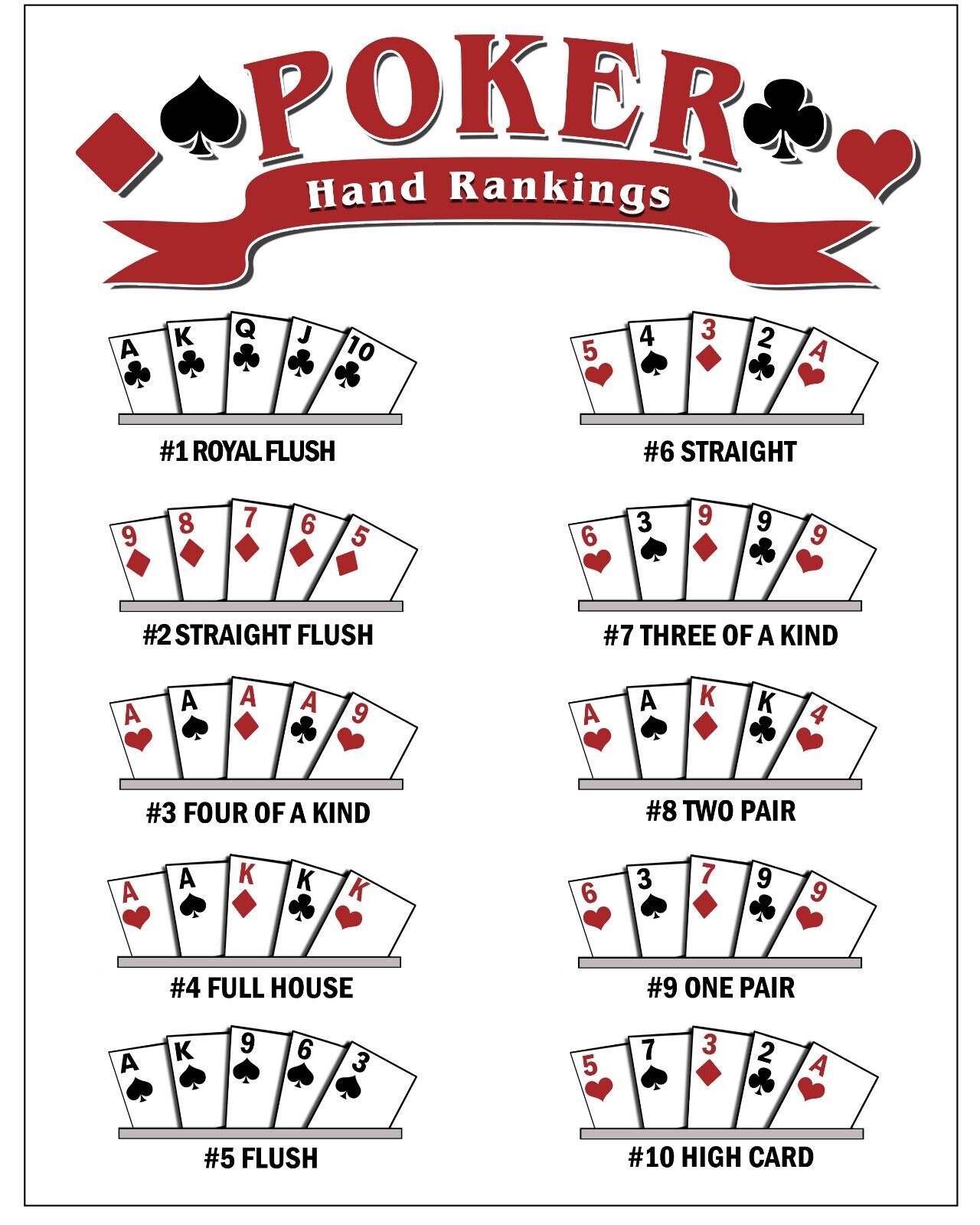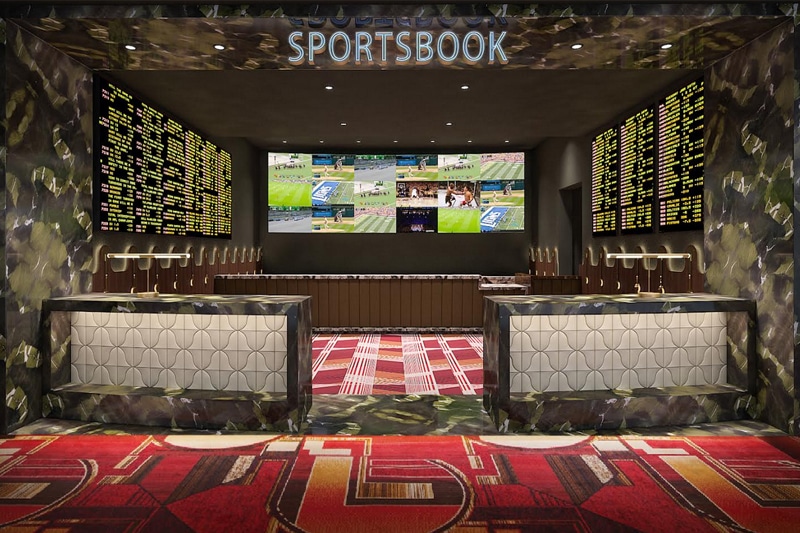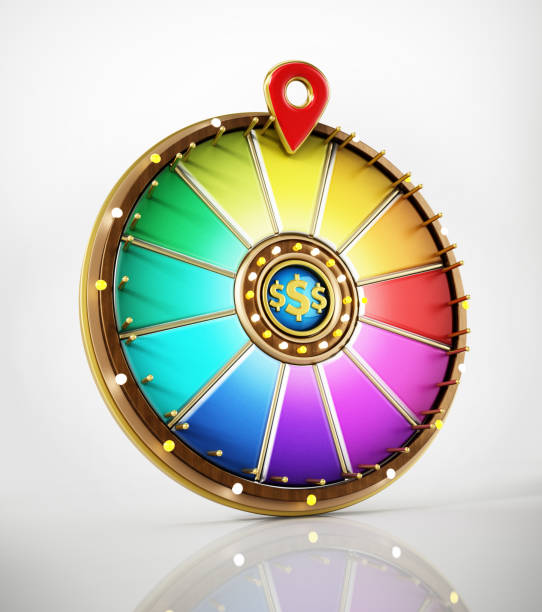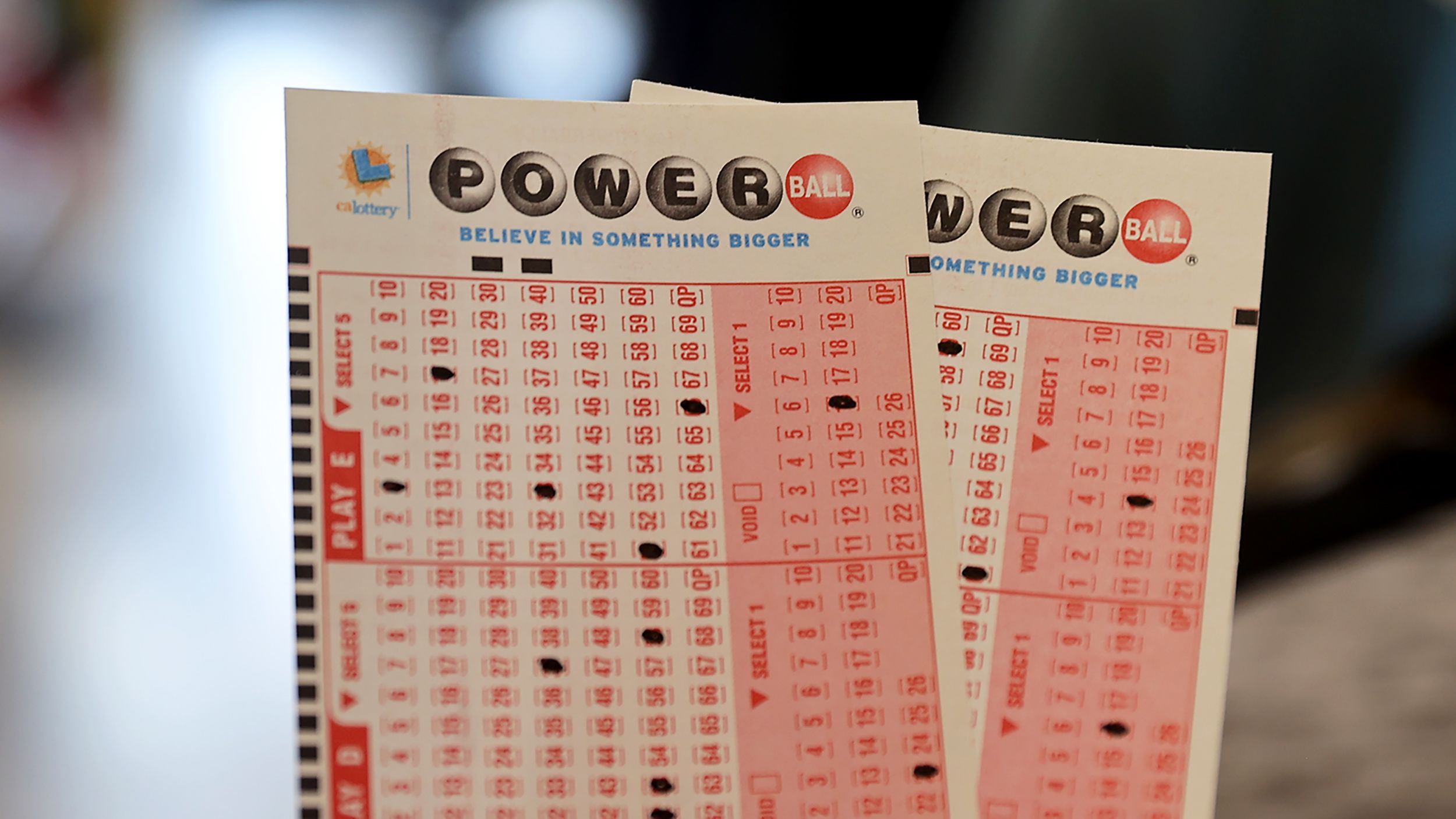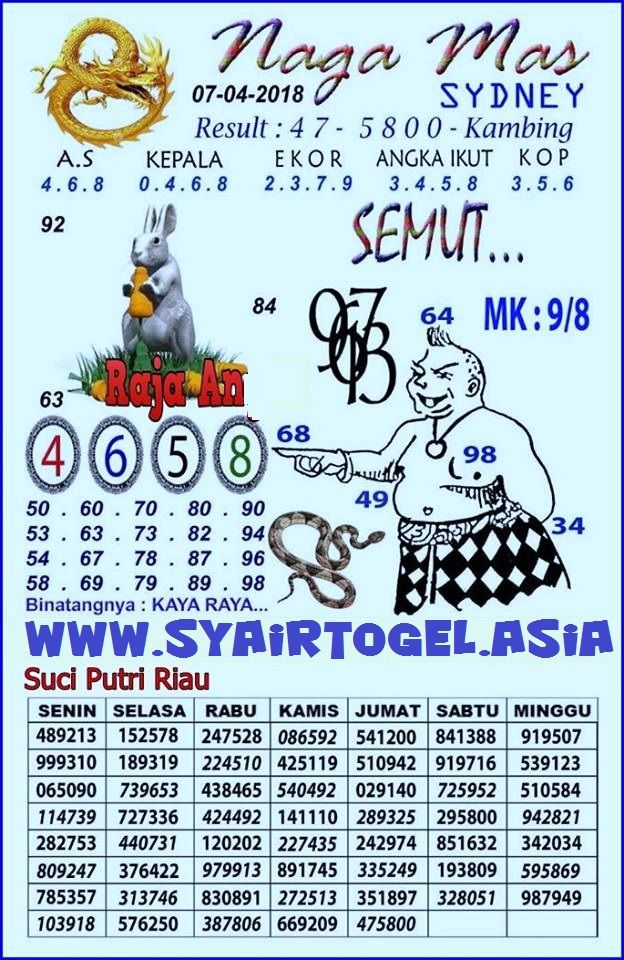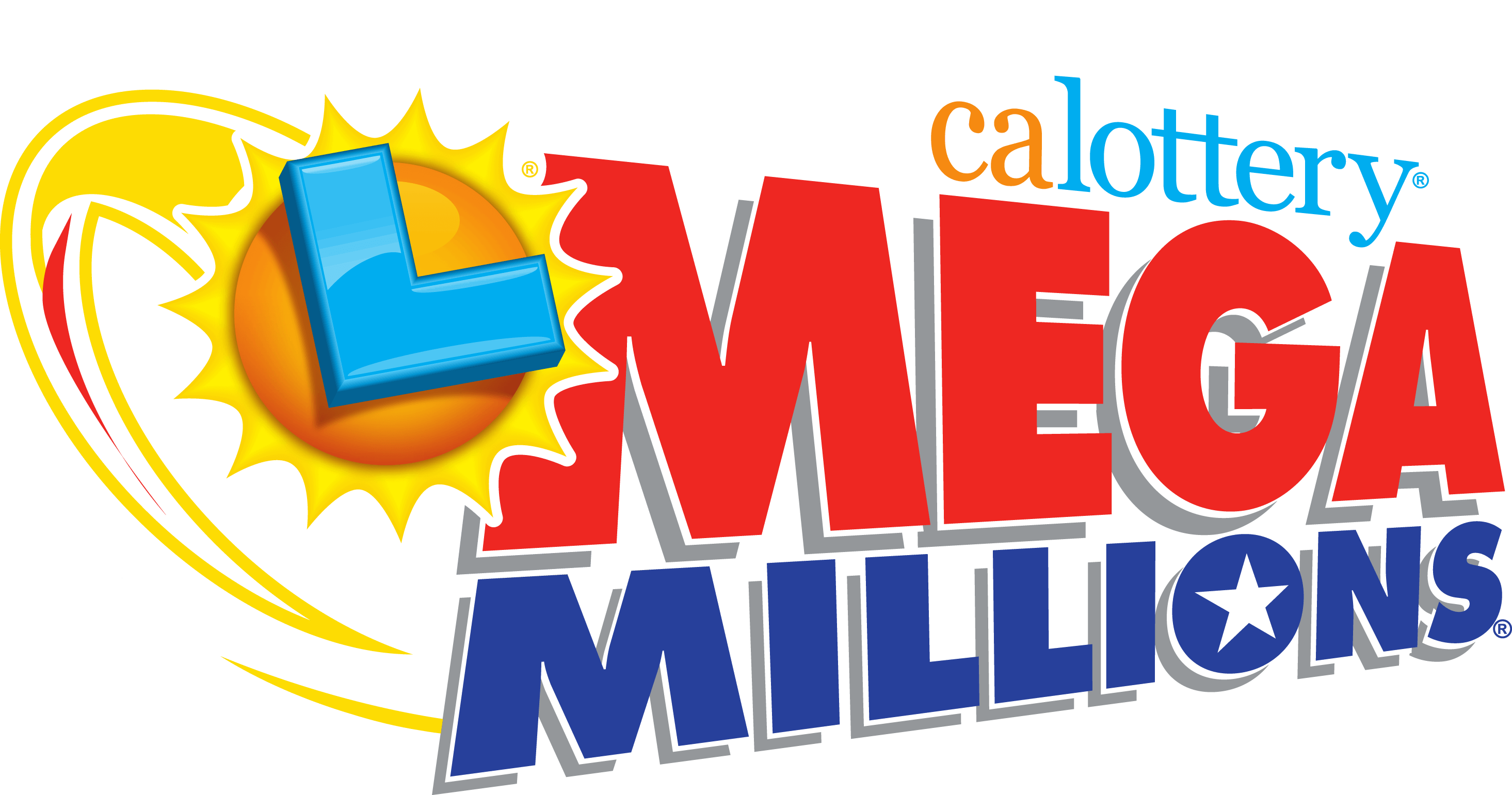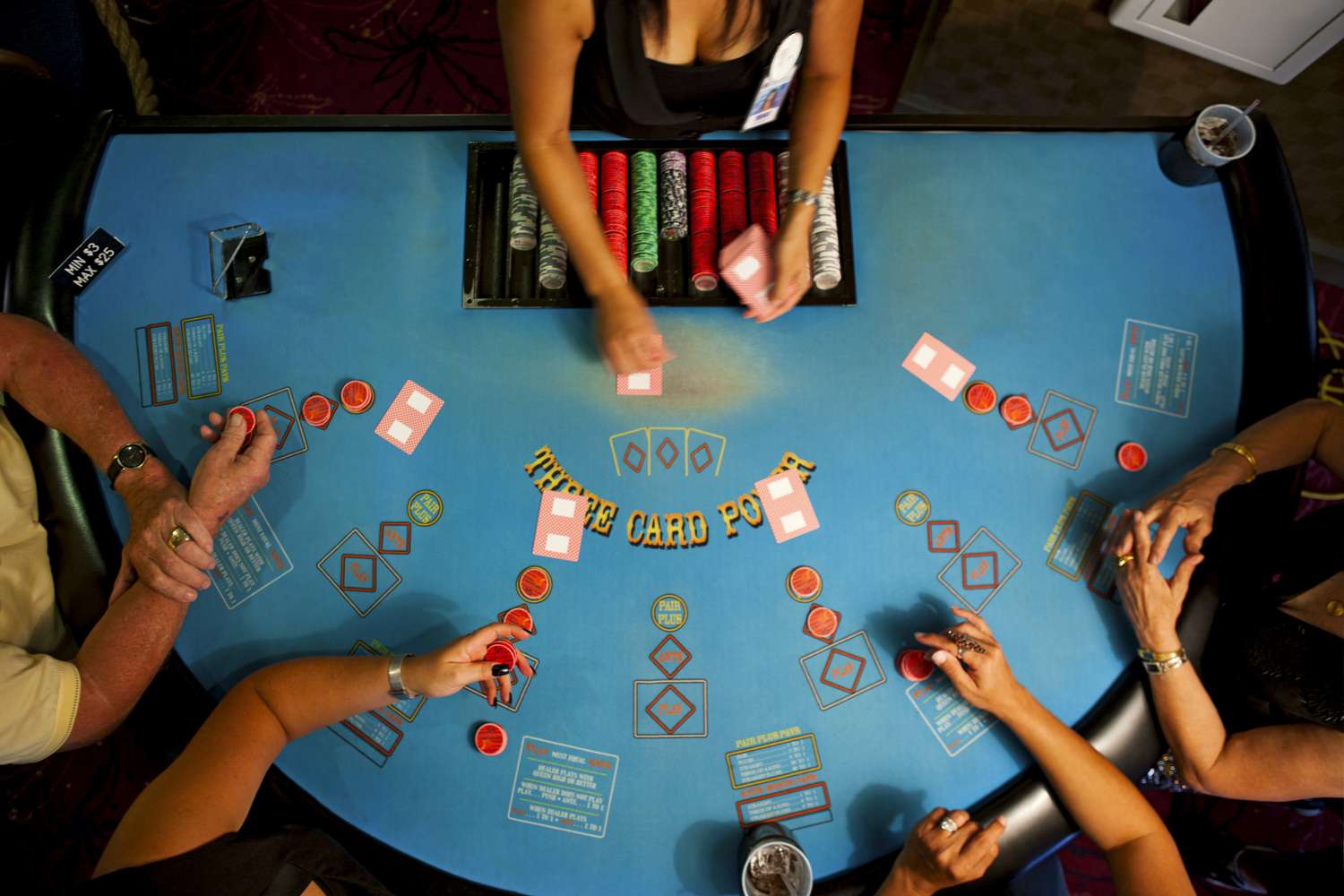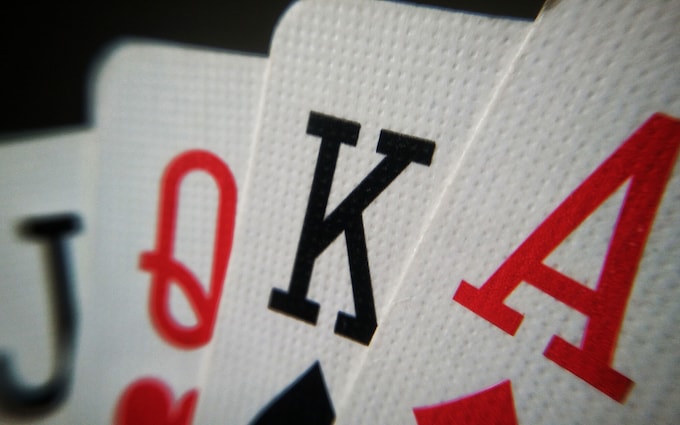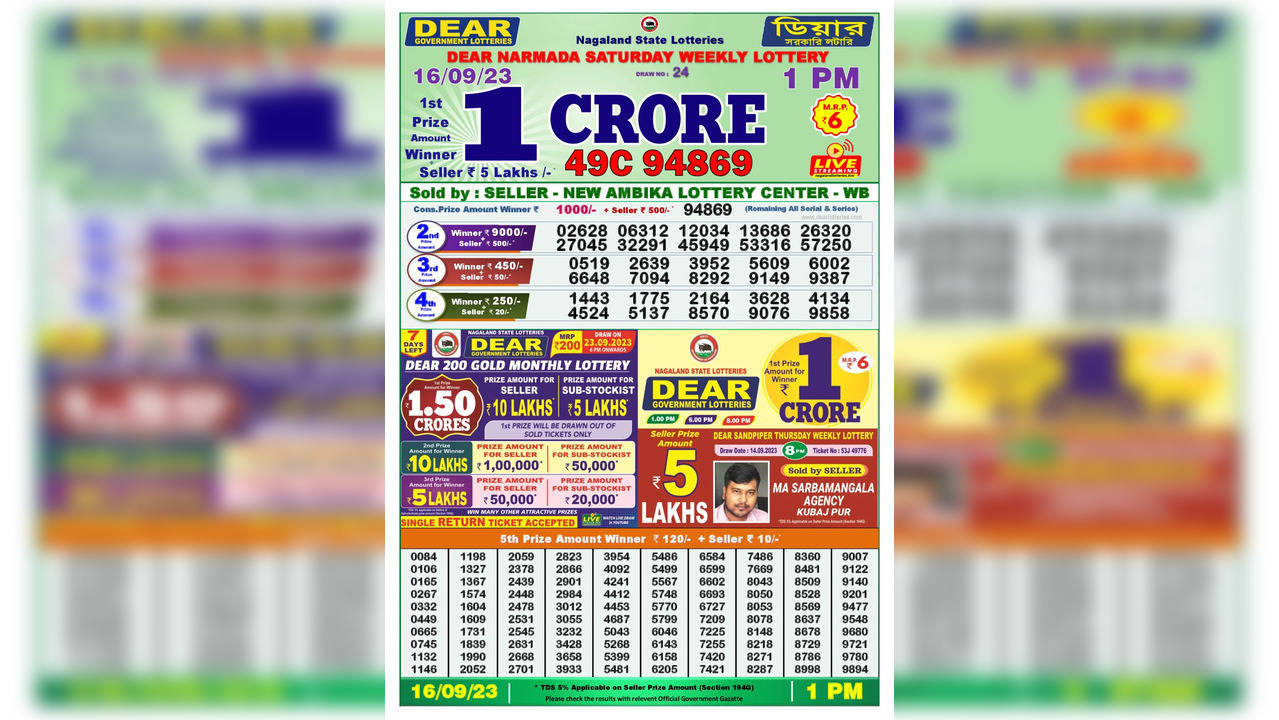Halo pembaca setia dan pecinta poker online! Apakah Anda sedang mencari panduan terbaik yang dapat membantu Anda sukses bermain poker online di Jwpoker IDN Play? Jika iya, maka Anda berada di tempat yang tepat! Dalam artikel ini, kami akan memberikan panduan lengkap untuk membantu Anda mengenal lebih dalam tentang Jwpoker, IDN Poker, poker online, IDN Play, dan segala hal terkait dengan permainan poker yang menarik ini.
Sebagai platform poker online yang terpercaya dan populer, Jwpoker IDN Play telah menjadi pilihan utama bagi banyak orang yang ingin merasakan sensasi dan kegembiraan bermain poker online. Namun, untuk mencapai kesuksesan dalam permainan ini, diperlukan pengetahuan yang baik tentang strategi, aturan permainan, serta pemahaman tentang cara bermain yang efektif.
Dalam panduan ini, kami akan membahas secara rinci tentang Jwpoker IDN Play, platform terkemuka yang menawarkan berbagai macam permainan poker online. Selain itu, kami juga akan membahas tentang IDN Poker, sebuah jaringan poker terbesar di Asia yang menjadi landasan bagi Jwpoker dalam menyediakan pengalaman bermain yang luar biasa.
Kami juga tidak akan melewatkan informasi penting tentang poker online, termasuk bagaimana cara memilih meja yang tepat, memahami variasi permainan yang tersedia, serta tips dan trik untuk meningkatkan peluang menang Anda. Tujuan kami adalah agar Anda dapat menikmati setiap momen bermain poker online di Jwpoker IDN Play dan meraih kemenangan yang memuaskan.
Jadi, ikuti terus artikel ini untuk mendapatkan informasi lengkap tentang Jwpoker, IDN Poker, poker online, IDN Play, dan bersiaplah untuk memulai perjalanan sukses Anda dalam dunia poker online! Selamat membaca, dan semoga panduan ini berguna bagi Anda!
###1. Persiapan Sebelum Bermain
Sebelum memulai permainan poker online di Jwpoker IDN Play, ada beberapa persiapan yang perlu Anda lakukan. Persiapan ini akan membantu Anda meningkatkan peluang sukses dalam permainan Anda. Berikut adalah tiga hal yang perlu Anda perhatikan sebelum mulai bermain.
Pertama, pilihlah situs poker online yang terpercaya seperti Jwpoker IDN Play. Dengan memilih situs yang terpercaya, Anda dapat memastikan keamanan dan kenyamanan dalam bermain. Selain itu, situs yang terpercaya juga menawarkan berbagai macam permainan dan bonus menarik yang dapat meningkatkan pengalaman Anda.
Kedua, lakukan riset dan pelajari aturan main poker online. Setiap situs poker online memiliki aturan yang berbeda-beda, oleh karena itu, penting bagi Anda untuk memahami aturan main yang berlaku di Jwpoker IDN Play. Pelajari juga strategi dan teknik bermain poker online sehingga Anda dapat meningkatkan keterampilan dan kepercayaan diri Anda dalam bermain.
Terakhir, kelola keuangan Anda dengan bijak. Sebelum mulai bermain, tentukan batas taruhan yang sesuai dengan kemampuan keuangan Anda. Jangan terburu-buru untuk bertaruh dengan jumlah yang besar jika Anda masih pemula. Mulailah dengan taruhan kecil dan tingkatkan secara bertahap saat Anda semakin menguasai permainan. Selalu ingat untuk bermain dengan bertanggung jawab dan jangan terpancing emosi saat mengalami kekalahan.
Dengan melakukan persiapan yang matang sebelum bermain poker online di Jwpoker IDN Play, Anda akan memiliki peluang sukses yang lebih besar dalam meraih kemenangan. Tetaplah berlatih, belajar, dan tetap tenang dalam setiap permainan. Selamat bermain dan semoga sukses!
2. Strategi Bermain Poker Online
Poker online merupakan permainan yang menguji strategi dan keahlian para pemainnya. Jika Anda ingin sukses bermain poker online di Jwpoker IDN Play, pastikan Anda memiliki strategi yang matang. Berikut adalah beberapa strategi yang dapat Anda terapkan saat bermain poker online.
Pertama, perhatikan jenis permainan yang Anda mainkan. Setiap jenis permainan poker online memiliki aturan dan strategi yang berbeda-beda. Jika Anda ingin sukses, pahami dengan baik aturan dan strategi permainan yang Anda mainkan. Pelajari strategi khusus yang dapat Anda gunakan untuk mengalahkan lawan-lawan Anda.
Kedua, kelola dengan baik modal Anda. Penting untuk memiliki manejemen modal yang baik ketika bermain poker online. Pastikan Anda memiliki batas keuangan yang jelas dan tidak memaksakan diri jika sedang mengalami kekalahan. Jaga emosi Anda agar tetap fokus dan tidak terbawa suasana saat bermain. Sebagai pemain poker online yang sukses, Anda harus dapat mengendalikan keputusan-keputusan Anda berdasarkan logika dan keahlian, bukan emosi.
Terakhir, jangan lupa untuk terus meningkatkan keahlian Anda. Bermain poker online merupakan permainan yang memerlukan keahlian dan pengalaman. Selalu cari informasi baru tentang strategi dan tips terbaru dalam bermain poker online. jwpoker Ikuti perkembangan teknik-teknik terbaru agar Anda dapat menjadi pemain yang lebih baik. Pelajari dari kekalahan Anda dan perbaiki kekurangan-kekurangan yang Anda miliki.
Dengan menerapkan strategi-strategi ini, Anda memiliki peluang yang lebih besar untuk meraih kesuksesan dalam bermain poker online di Jwpoker IDN Play. Jadi, mulailah menerapkan strategi ini sekarang dan dapatkan kemenangan besar dalam permainan poker online Anda!
3. Tips dan Trik untuk Sukses Bermain Poker di Jwpoker IDN Play
- Bermain dengan Strategi yang Tepat
Dalam bermain poker di Jwpoker IDN Play, strategi yang tepat sangatlah penting. Anda perlu mempelajari aturan dan strategi dasar dalam permainan ini. Asah kemampuan Anda dalam membaca kartu lawan, menghitung peluang, serta membuat keputusan yang cerdas. Ingatlah bahwa poker bukan hanya tentang keberuntungan semata, tetapi juga melibatkan strategi dan keterampilan.
- Kelola Modal dengan Bijak
Sebagai pemain poker online, penting bagi Anda untuk mengelola modal dengan bijak. Buatlah anggaran bermain yang sesuai dan patuhi batasnya. Jangan tergoda untuk mempertaruhkan lebih banyak uang daripada yang dapat Anda tanggung. Sebaiknya, gunakan sistem pengendalian keuangan yang baik agar Anda dapat memainkan permainan ini dengan teratur dan bertanggung jawab.
- Bermain dengan Fokus dan Sabar
Ketika bermain poker di Jwpoker IDN Play, penting untuk tetap fokus dan sabar. Jangan terburu-buru dalam mengambil keputusan dan jangan terpengaruh emosi saat menghadapi situasi sulit. Tetaplah tenang dan berpikir jernih agar dapat membuat keputusan yang terbaik. Ingatlah bahwa poker adalah permainan strategi jangka panjang, dan kesabaran adalah kunci untuk mencapai kesuksesan.
Dengan menerapkan tips dan trik ini, diharapkan Anda dapat meningkatkan kemampuan bermain poker online di Jwpoker IDN Play. Teruslah belajar dan berlatih, serta jadilah pemain yang cerdas dan terampil. Selamat bermain poker dan semoga sukses!
